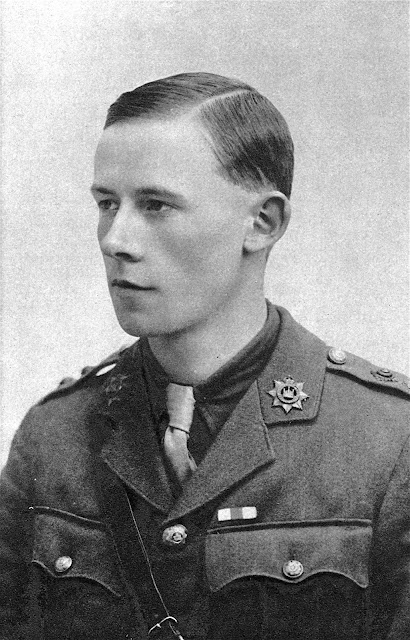Source: File: The
Somme: Secret Tunnel Wars (WWI Documentary) (BBC). [online] See:
<https://commons.wikimedia.org/wiki/File:British_plan_Somme_1_July_1916.png>
[Accessed: 30 June 2016]
French Companies
had started
Digging under
German lines for some time.
Then the British
arrival at the Somme
Carried on their
task - these Royal
Engineers set up
their base at Bray.
Maricourt La
Boisselle, Fricourt,
And Carnoy shafts
came into their control -
Named the 'Glory
Hole' by the British;
An area about
which careful secrecy
Was maintained
and defended closely.
War under foot was a different
Dimension to the
fighting above ground.
With fundamental
preparations
For the Somme
breakthrough,
19 dug tunnels
led to mines.
While the number
was less than
Intended, the
undertaking was ambitious -
In a south
position were nine
Smaller mines
about Fricourt;
Being charges of
triple Tambour.
Out of Beaumont
Hamel three
Tunnels spread
out - one a communication
Trench connected
to jumping off
Point of Sunken
Lane, the others
Made towards
Hawthorn Ridge.
There at 30 yards
from German
Edges, in depth
of 57 feet, a deep gallery
Created was filled
with ammonal.
Prepared for zero
hour - a dispute
Was raised over
timing the mine.
A request for ridge's
detonation,
By
Lieutenant-General Hunter Weston,
To be four hours earlier,
allowing
Resulting crater to
be taken,
For any enemy alarm
to settle.
Headquarters stated
'no,' but
Lieutenant-General
Hunter Weston's
Persistence led
to compromise;
Ridge redoubt
would be blown
Ten minutes
before zero hour.
In previous
battle actions of
Lieutenant-General
Hunter Weston,
General Haig declared
him as
Rank amateur;
despite some
Successful
Gallipoli tactics.
Lacking
competence earned
Hunter Weston the
nickname 'Hunter-
Bunter' - with
ruling tendency
Towards brutality,
he led VIII
Corps within
Somme Sector.
Tunnelled preparations
were
Readied, as at
Lochnagar Street mine -
In order to make
crater cover
Against exposure
to enemy fire,
All readied for the Battle of Albert.
by Jamie Mann.
Source: File: Mines
on the first day of the Somme Wikipedia, the free encyclopedia. Available at:
<https://en.wikipedia.org/wiki/Mines_on_the_first_day_of_the_Somme>
[Accessed 30 June 2016]
Source: File:
Aylmer Hunter-Weston. Wikipedia, the free encyclopedia. Available at:
<https://en.wikipedia.org/wiki/Aylmer_Hunter-Weston> [Accessed 30 June
2016]
Mann, J., 2016. 100 years Ago - Poems by Jamie Mann. [letter] (Personal
communication, 30 June 2016).
#WW1 #WW1centenary #GreatWar #WW1poem #GreatWar #WW1centenary
#worldwarone #worldwaroneremembered #WW1Somme





